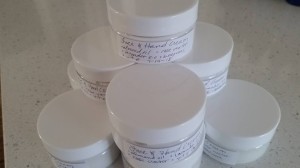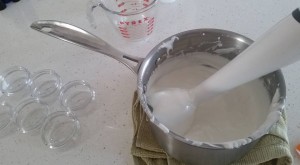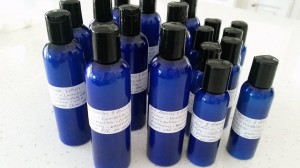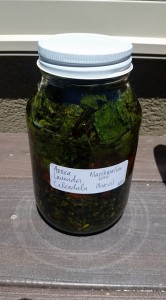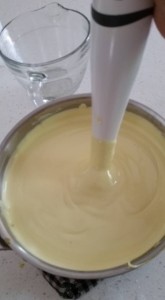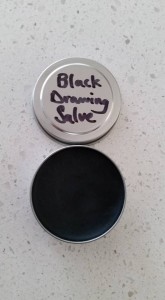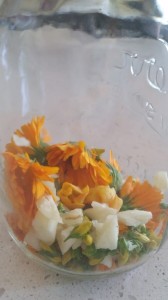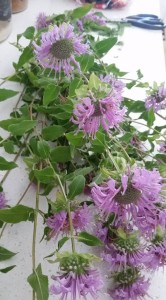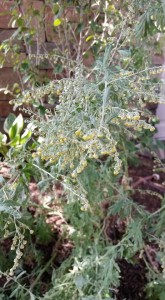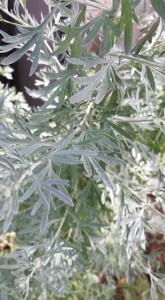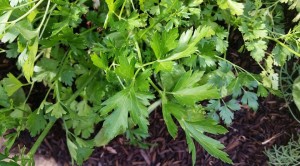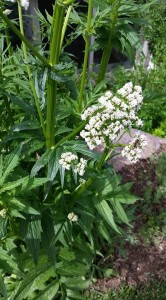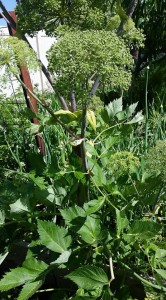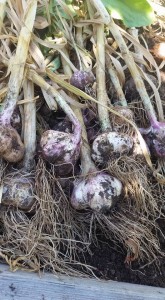
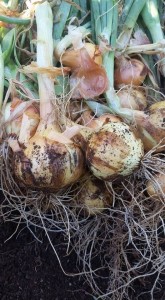
Medicinal Herb Post #27 written July 12, 2018
Garlic – Allium Sativum
Onion – Allium cepa
Harvested my garlic and onions this week. Both of these Allium plants have much in common, are easy to grow and have versatile uses. Garlic should be planted in the fall, in full sun, with each clove about 6 inches apart and 2 inches deep. Feed heavily with nitrogen every 2 weeks once the bulbs start to shoot up green leaves in the spring. Harvest in the mid summer when the tops start to die back. You can dry the tops completely and braid each bulb, storing them in the pantry or cellar. Be sure to save your best cloves for replanting.
Garlic has been used for centuries as medicine. It is a great antiseptic due to its high levels of sulfur compounds. And because of its sulfur compounds it’s great for opening sulfate pathways through the liver to help the body detox. During WW1 doctors would use it to wash wounds to prevent infection. It is also a vulnerary herb which stimulates cell division and accelerates healing. Garlic is a wonderful antimicrobial herb, meaning it is great at fighting off bacteria, viruses and fungus. It stimulates the production of white blood cells, boosting immunity and helps to lower blood pressure and high cholesterol. It won’t raise cytokines so it’s great for fighting off respiratory illness that doesn’t want to go away and is also a good expectorant by breaking up mucus. It’s a good wormer for humans and animals, just chop up roughly 1 clove and swallow with water, 3x a day for 2 weeks. Garlic is also helpful for the digestive tract when feeling bloated from eating too much or eating foods that cause inflammation. I like to eat it chopped with a teaspoon of honey and pinch of cayenne pepper for sore throats. You can make a dressing to go over salad, soup, pasta or dipping bread by infusing it in olive oil over low heat or steeping in apple cider vinegar also on low heat. Add other herbs for more flavor.
I make a garlic ear oil for ear infections with mullein flowers, St.Johns Wort flowers, calendula flowers and garlic (fresh). Steep in olive oil in the hot sun covered in a jar or on the stove top on very low heat for about an hour. Strain and place in dropper bottle. 2-3 drops go in the ear at the first onset of infection 2-3x a day and a few days after symptoms go away. Keep in the fridge for up to 12 months. Warm it under hot water before using. Make a new batch every year.
I also really love the Winter Fire Cider recipe I learned from Rosemary Gladstar, a well known herbalist. Combine 1 medium chopped onion, 1 bulb chopped garlic, 4 tablespoons chopped ginger, 4 tablespoons chopped horseradish root and 3-4 chopped cayenne peppers or 1 tsp cayenne powder (used after it is steeped). Place in jar and cover with warm apple cider vinegar. Allow to steep on the counter for 3-4 weeks. Strain and add equal amounts raw honey to herbal vinegar (add powdered cayenne pepper if using). Take 1-2 tablespoons at the first sign of illness. Repeat every 3 hours until symptoms subside and continue taking 3x a day for a day or two after. It can be taken during pregnancy.
I like to start my onions from seed indoors in the winter under lights just an inch away from the plants. They can be planted as soon as your soil can be worked. They love lots of nitrogen just like garlic. Harvest when the tops begin to die back and fall over. Onions are also used medicinally as an antiseptic, antibacterial, antifungal, hypotensive (decreases blood pressure) expectorant and antispasmodic. I know people that make a poultice out of chopped onions and place on the chest for deep difficult coughs. You can make a syrup with chopped onion and honey for sore throats/coughs on the stove top over very low heat for about an hour or until the onion has infused into the honey. I know people that place a slice of onion on the bottom of their feet, wrap plastic wrap to hold in place then put on socks overnight to draw out illness. I’ve never tried it, but people swear by it. Onions are really good for people that eat high transfatty foods to help clean out arteries and fatty deposits. One thing I do use chopped onions for (outside of almost every savory dish I make) is to clear up ear infections really fast. I’ll alternate it with the garlic ear oil I make. Grate the onion and squeeze a few drops of the juice into the ear 2x a day. Seriously, it works so well you may only need to do it one time.
Here is my method of making onion powder
https://rootedemily.com/?p=928
Both of these herbs should be grown in every garden in my opinion. They are safe to use with no contraindications unless they cause heart burn or for nursing mothers with infants prone to colic. What do you use garlic and onions for medicinally?

